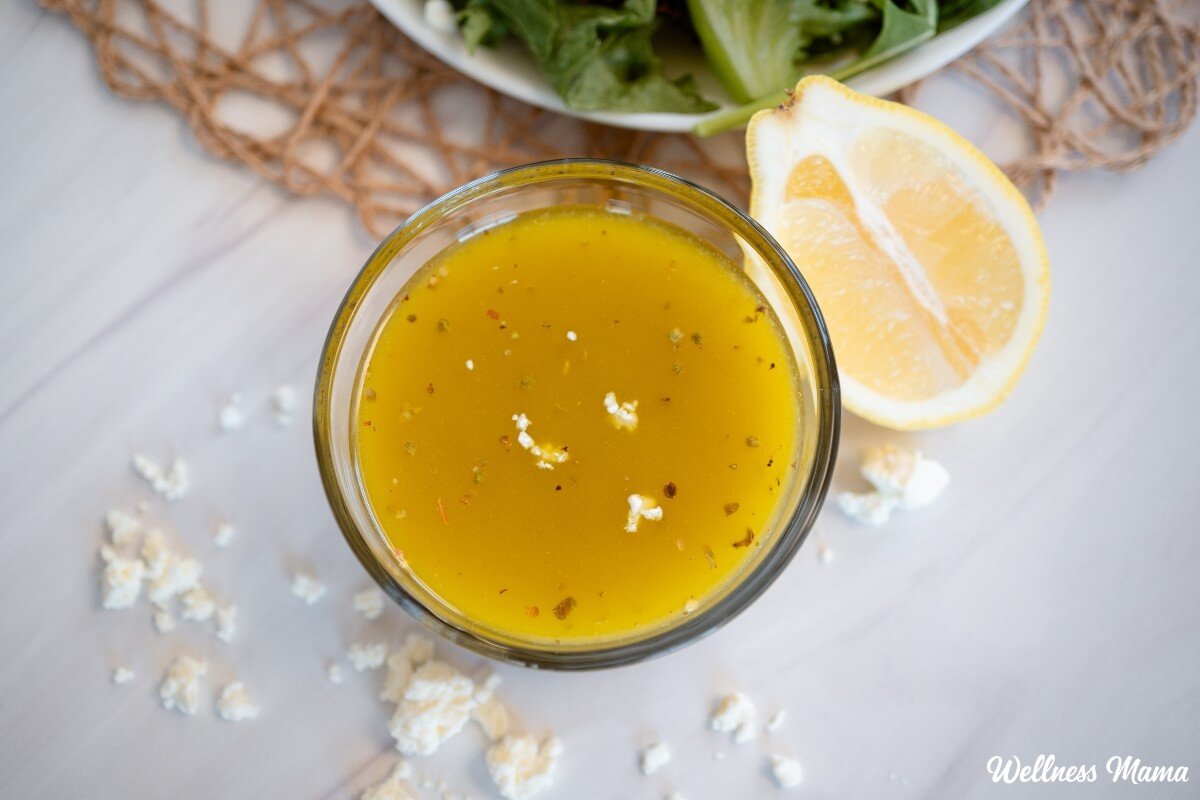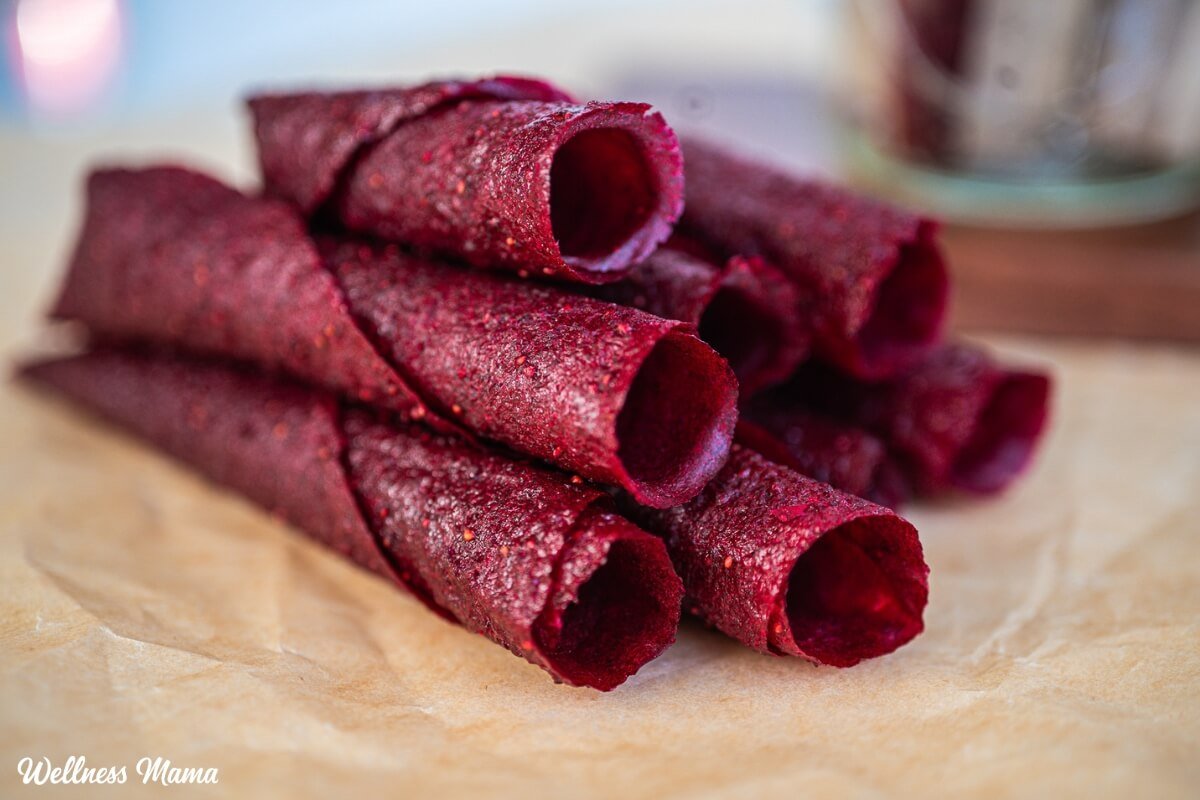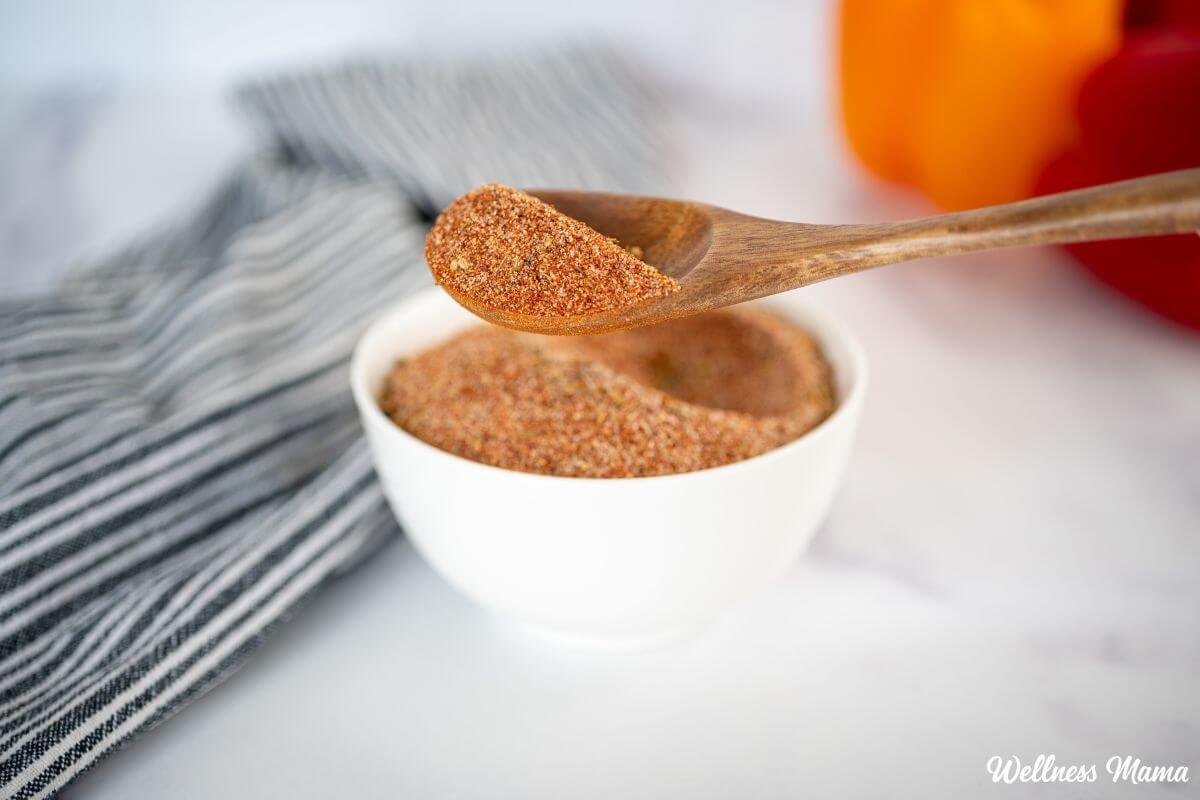Eye troubles are never enjoyable, particularly for the younger ones. Conjunctivitis, more commonly known as a pink eye, is an ailment often seen in children but can easily spread to adults. Thankfully, with these home treatments for pink eye, you’ll be prepared if you or your little one has to confront it!
Understanding Pink Eye
Conjunctivitis arises when the eye’s conjunctiva becomes inflamed and irritated. There are various causes for red eyes, yet pink eye typically stems from viruses, bacteria, or, less frequently, allergies. Foreign objects in the eye can also cause redness and irritate the cornea, but that doesn’t automatically mean an eye infection is present.
Different Types of Pink Eye
-
Viral Pink Eye – Conjunctivitis caused by viruses is the most prevalent form. It’s generally triggered by adenovirus (associated with mild colds and flu), although the herpes simplex virus and others can also be culprits.
-
Bacterial Pink Eye – This less common type is due to bacterial infection. The main bacteria involved include Haemophilus influenza, Streptococcus pneumonia, and Moraxella catarrhalis.
-
Allergic Pink Eye – Set off by allergens such as pollen, this kind of conjunctivitis is different.
- Pink Eye in Babies – Newborns and infants might develop pink eye from partially blocked tear ducts, infections transmitted at birth, or irritation from STI-preventing eye drops.
Pink eye typically lasts from days to weeks. It’s common among school-aged children, although anyone can catch it. Allergic pink eye lingers as long as the individual remains exposed to their allergen.
Some experts claim that discharge color can help identify whether the conjunctivitis is viral or bacterial. However, diagnosis can be complex. Even professionals only have a 48% accuracy rate in determining the cause. And most testing isn’t reliable. Adenoviruses are the source of up to 90% of pink eye cases.
Signs of Pink Eye
The principal indicator of pink eye is redness of the eye, but watch out for additional symptoms:
- Dryness
- Itching
- Reddish eyes
- Gritty sensation
- Inflammation
- Crusty discharge (yellow, clear, green, or white), potentially causing eyes to stick together after waking.
Given that the immune system combats the infection or allergen, it’s also usual to experience fatigue and unwell feelings.
Transmission of Pink Eye
This eye condition can easily spread between individuals. If a person touches an infected eye and then touches common objects or people, the virus or bacteria may spread. Adenovirus, a frequent viral cause, can survive on surfaces for extended periods and resists some cleaners.
Anyone caring for young children knows the challenge of preventing kids from wiping runny noses and eyes—and subsequently spreading germs on toys, doorknobs, and siblings.
Typical Treatments for Pink Eye
Since most cases are viral, medical interventions are limited. Occasionally, doctors might prescribe antibiotics or antibiotic eye drops, though the CDC advises against this for viral cases.
Available antiviral medications don’t effectively treat the common pink eye strains. A 2011 study assessed antivirals for pink eye and discovered that most focus on the herpes virus, which accounts for few cases, while noting some antivirals’ toxicity and ineffectiveness. The study concluded there are no effective antiviral drugs for viral conjunctivitis.
Allergic pink eye is different and usually managed with over-the-counter antihistamines, sometimes aided by anti-inflammatory drops.
For pain or swelling, ibuprofen might be utilized.
When to Visit a Doctor
Most pink eye cases resolve independently and don’t require medical help. However, the CDC suggests seeing a healthcare provider if the following symptoms arise:
- Eye pain
- Light sensitivity—especially to indoor light
- Intense redness in eye whites
- Persistent blurred vision
- Infants with pink eye should visit their pediatrician immediately.
Practicing Proper Eye Hygiene
Maintaining eye health involves more than just using natural or pharmaceutical solutions. Adopting healthy habits can limit spread and hasten relief. Here’s how to avoid exacerbating pink eye:
- Forego contact lenses during an episode, as they can cause more irritation.
- Regularly change linens and pillowcases.
- Refrain from touching infected eyes, and wash hands thoroughly after any contact.
- Use a clean washcloth and warm water as a compress to alleviate discomfort. Some recommend cool compresses to mitigate inflammation.
- Gently remove crusty discharges with a warm washcloth, particularly in the morning.
- Avoid eye makeup while infected. Discard makeup after recovery. Mascara and other water-based eye cosmetics require replacement every three months. Dry cosmetics like eyeliner pencils can last 6-12 months due to lower bacterial growth risk.
Home Solutions for Pink Eye
Despite limited conventional solutions, home treatments offer numerous benefits. Below are several evidence-backed remedies for pink eye.
Solutions for Allergic Pink Eye
If allergies cause the pink eye, here’s a guide to tackling root issues and managing symptoms naturally. Addressing leaky gut symptoms is crucial. For quick relief, Genexa provides homeopathic medications for both children and adults.
Their Kid’s Cold Crush and Kid’s Allergy Care remedies are effective for relieving runny, sneezing noses and watery eyes. Adult options are also available.
Natural Eye Lubricants
These help by moisturizing the eyes and easing discomfort. Although they won’t eliminate viruses or bacteria, such drops can offer soothing comfort. Avoid using “redness-relieving” drops, which might aggravate pink eye further.
Most artificial tears contain preservatives and chemicals best avoided, but good natural options exist.
Nutrients and Supplements
A robust immune system is essential for fighting off pathogens. Consider probiotics, zinc, and vitamin C.
A 2008 study indicated that lactobacillus eye drops can alleviate symptoms like itching and discharge. Probiotic ingestion also nurtures a healthy microbiome. In 2020, research indicated that lactobacillus and bifidobacterium probiotics inhibit primary bacterial pink eye strains.
French ophthalmologists discussed utilizing supplements for allergic pink eye in a 2003 report. They highlighted zinc, vitamin C, and magnesium’s role in alleviating allergic rhinitis-related eye irritation. A 1993 study suggested zinc use reduced pollen sensitivity. Mount Sinai Hospital in New York advocates for zinc and vitamin C to generally boost immunity against pink eye.
Benefits of Breast Milk
In natural health circles, breast milk is often touted as a remedy. Various studies have explored its efficacy in treating pink eye, with mixed outcomes. A study in the British Medical Journal tested breastmilk on bacterial pink eye. While it inhibited gonorrhea and some streptococcus bacteria, it showed no effect on other types.
This study’s limitations include its laboratory focus rather than human trials. Additionally, most pink eye cases are viral instead of bacterial.
Another study observed breast milk drops in infants with eye discharge. Results matched conventional eye drops’ effectiveness after one week. However, several cases spontaneously resolve within this period, complicating breast milk effectiveness evaluation.
The study also didn’t clarify whether babies received their mother’s milk—a significant factor since breast milk adapts to an infant’s needs, meaning that another mother’s milk may have varying results.
For those wishing to use breast milk for pink eye, apply a few clean drops in the affected eye whenever necessary.
Chamomile as a Pink Eye Remedy
Chamomile is a versatile herb, commonly used to soothe infections and reduce inflammation. It is generally safe for children, pregnant, and nursing women. However, individuals with hay fever or allergies should proceed cautiously.
In 1990, a study reported that chamomile eyewash led to allergic reactions in people with hay fever and seasonal allergies, although these individuals tolerated chamomile tea without issue.
To utilize chamomile, steep tea bags in warm water and place them over closed eyes. Alternatively, dip a washcloth in warm chamomile tea and rest it on eyes. The European Medicines Agency suggests infusing 3-10 grams of dried flowers in 100ml of water for compresses.
Another choice is to prepare a chamomile eyewash with thoroughly strained tea.
Using Cat’s Claw Bark for Pink Eye
Cat’s claw is a widely adopted medicinal herb for various illnesses, including Lyme disease and arthritis, and is beneficial for conjunctivitis. Cat’s claw has anti-inflammatory and pain-relieving properties, providing relief from eye inflammation. It also stimulates the immune system but is not advised for those pregnant or using immunosuppressant drugs.
Being on the drier side, cat’s claw pairs nicely with moistening herbs like plantain leaf.
To prepare, simmer 1 gram of dried cat’s claw root in a cup of water for about 20 minutes. Turn off heat, then add a teaspoon of plantain if desired. Cover, steep for 10 minutes, strain well, and use it as a warm eyewash or compress on the eyelid.
Employing Eyebright for Pink Eye
True to its name, eyebright offers relief for itchy, irritated eyes due to allergies and colds. It’s effective for allergic rhinitis and hay fever and is suitable for allergic or inflammatory conjunctivitis.
In 2000, a study assessed eyebright eye drops for patients with inflammatory and catarrhal conjunctivitis and found most had full recovery, with 17% observing significant improvement.
Ways to Utilize Eyebright:
- Dip eyebright tea bags in warm water and place on closed eyes for 10-20 minutes.
- Steep 1-3 teaspoons of eyebright herb in a cup of hot water for 30 minutes; strain well. Use as a warm compress or eyewash.
- Purchase pre-made options such as eyebright eye wash solutions mixed with water or specialized eye drops.
Garlic as a Pink Eye Remedy
While applying garlic directly to the eye isn’t advisable, consuming garlic offers antiviral and antibacterial benefits. A 2020 study in "Trends in Food Science and Technology" found garlic inhibits adenovirus, pink eye’s leading cause.
To integrate garlic into the diet, consider fermented garlic honey or roasted garlic soup. A more direct, albeit spicy, method is consuming diced raw garlic followed by water.
Integrating Echinacea for Pink Eye
Echinacea is renowned for its cold and flu defense, offering antiviral benefits and stimulating immunity. In 2009, a study confirmed its effectiveness against numerous viruses—including adenoviruses. Echinacea is most effective at illness onset and less so when used days into symptom development.
How to Use Echinacea:
Obtain whole herbs, buy premade tea bags, or learn to make echinacea tinctures.
Employing Elderberry and Chokeberry for Pink Eye
Although elderberry syrup is popular, research, including a 2022 study, shows it doesn’t affect adenoviruses (pink eye’s usual cause). However, aronia or black chokecherry exhibits antiviral activity against adenoviruses.
While elderberry still possesses immune-boosting benefits, aronia is potentially more effective.
Usage Suggestions:
Convert aronia berries into syrups or teas and consume like elderberry products.
Applying Astragalus for Pink Eye
This ancient Chinese adaptogen aids in reducing inflammation and modulates immunity. In 2011, a study examining astragalus’s influence on adenovirus highlighted its efficacy in inhibiting adenovirus reproduction and destroying viruses.
Astragalus use is generally safe, but caution is advised with autoimmune diseases or immunosuppressant medications. It’s available in decoctions, syrups, tinctures, glycerites, or capsules.
- Tincture: David Hoffman recommends 4-8 milliliters three times daily.
- Decoction: Hoffman advises consuming 1 cup of astragalus tea three times a day, using 2-4 teaspoons of dried root per cup of boiling water, simmering for 20 minutes, straining, and drinking.
Colloidal Silver Considerations
While colloidal silver has a reputation for pathogen resistance, its application in eye regions raises concerns.
In the late 1800s, silver nitrate prevented blindness in newborns due to birth-related infections, later abandoned in Britain (1950s) and North America due to eye irritation. In one study, 90% of babies experienced chemical conjunctivitis with silver treatment compared to saline and untreated groups.
Other studies documented pain from silver in both infants and adults, leading to its decline in conventional practices due to potential eye damage. Adults and children aren’t newborns, but silver-induced irritation in sensitive eye areas is concerning. With recognized safe alternatives, colloidal silver may not be optimal.
For antimicrobial benefits, consider homeopathic eye drops containing silver.
Final Thoughts on Pink Eye Remedies
While typical treatments focus on alleviation, natural remedies can target conjunctivitis causes. Should symptoms persist or worsen, especially in young children, consulting a healthcare professional is advised. With numerous home remedy choices, you’re likely to find a remedy that suits your needs!
Have you encountered pink eye before? What solutions have you tried? Share your experiences below!
- Azari, A. A., & Arabi, A. (2020). Conjunctivitis: A Systematic Review. Journal of ophthalmic & vision research, 15(3), 372–395.
- European Medicines Agency. (2015). European Union herbal monograph on Matricaria recutita L., flos.
- Baynham, J. et al. (2013). Antibacterial effect of human milk for common causes of paediatric conjunctivitis. British journal of ophthalmology, 97(3), 377–379.
- Centers For Disease Control. (2022, November 23). Adenoviruses: Clinical Overview.
- Eggers, M., et al. (2022). Antiviral activity of plant juices and green tea against SARS-CoV-2 and influenza virus. Phytotherapy research: PTR, 36(5), 2109–2115.
- Favennec, F., et al. (2003). Aspects particuliers des rhinites et rhino-conjonctivites [Particular aspects of rhinitis and rhino-conjunctivitis]. European annals of allergy and clinical immunology, 35(3), 99–102.
- Favennec, F., & Catros, A. (1993). Zinc et conjonctivites saisonnières [Zinc and seasonal conjunctivitis]. Allergie et immunologie, 25(3), 119–122.
- Hoffman, D. (2003). Medical Herbalism: The Science Principles and Practices Of Herbal Medicine. Healing Arts Press.
- Iovieno, A., et al. (2008). Preliminary evidence of the efficacy of probiotic eye-drop treatment in patients with vernal keratoconjunctivitis. Graefe’s archive for clinical and experimental ophthalmology = Albrecht von Graefes Archiv fur klinische und experimentelle Ophthalmologie, 246(3), 435–441.
- Mahl, M. C., & Sadler, C. (1975). Virus survival on inanimate surfaces. Canadian journal of microbiology, 21(6), 819–823.
- Mars, B. (2007). The Desktop Guide to Herbal Medicine. Laguna Beach, CA: Basic Health Publications Inc.
- Mayo Clinic (2020, June 16). Pink Eye (Conjunctivitis).
- Mohamed, S., et al. (2020). Antibacterial effects of antibiotics and cell-free preparations of probiotics against Staphylococcus aureus and Staphylococcus epidermidis associated with conjunctivitis. Saudi pharmaceutical journal : SPJ : the official publication of the Saudi Pharmaceutical Society, 28(12), 1558–1565.
- Rouf, R., et al. (2020). Antiviral potential of garlic (Allium sativum) and its organosulfur compounds: A systematic update of pre-clinical and clinical data. Trends in food science & technology, 104, 219–234.
- Rud, M. (2021, March 19). Here’s How Often You Should Actually Replace Your Makeup. Better Homes and Gardens.
- Schneider G. (1984). Silver nitrate prophylaxis. Canadian Medical Association journal, 131(3), 193–196.
- Shang, L., et al. (2011). Astragaloside IV inhibits adenovirus replication and apoptosis in A549 cells in vitro. The Journal of pharmacy and pharmacology, 63(5), 688–694.
- Sharma, M., et al. (2009). Induction of multiple pro-inflammatory cytokines by respiratory viruses and reversal by standardized Echinacea, a potent antiviral herbal extract. Antiviral Research, 83(2), 165–170.
- Skevaki, C. et al. (2011). Treatment of viral conjunctivitis with antiviral drugs. Drugs, 71(3), 331–347.
- Srivastava, J. et al. (2010). Chamomile: A herbal medicine of the past with a bright future. Molecular Medicine Reports, 3(6), 895-901.
- Stoss, M., et al. (2007). Prospective Cohort Trial of Euphrasia Single Dose Eye Drops in conjunctivitis. The Journal of Alternative and Complementary Medicine, 6, 6.
- Subiza, J., et al. (1990). Allergic conjunctivitis to chamomile tea. Annals of Allergy, 65(2), 127-132.
- Sugimura, T., et al. (2021). Efficacy and safety of breast milk eye drops in infants with eye discharge. Acta paediatrica (Oslo, Norway : 1992), 110(4), 1322–1329.
- Villegas, B. et al. (2021). Current Knowledge in Allergic Conjunctivitis. Turkish journal of ophthalmology, 51(1), 45–54.













Leave a Reply